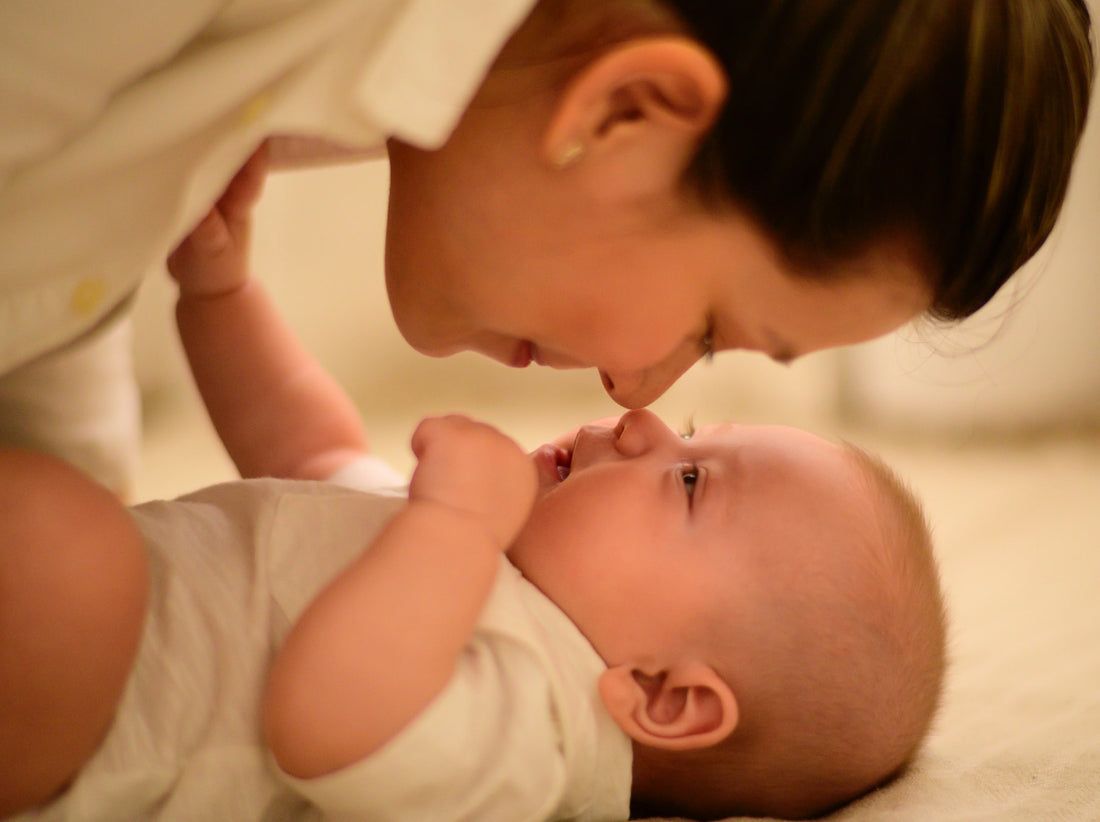
Baby Clothes Size Chart
Share
Whether you are an expectant parent, or simply looking for a suitable gift for a little one you know, dealing with baby clothes sizes for the first time may put you in quite a conundrum. As you may have expected, baby clothes come in various sizes according to kids' weight and age. There are, however, things to pay attention to if you want to be positive you've made the right choice - especially if you by in bulk as many parents-to-be tend to do before they welcome a new family member into their home.

Why do you need a baby clothes size chart?
Although at first, it might seem simple enough - buying the right size baby onesie might just prove to be slightly more complicated of an ordeal than you have initially thought it would be. There are simply no rules that apply to all kids. And it may sound funny, but babies come in all shapes and sizes, just like adults. So naturally, no matter whose baby you are shopping for, a point of reference will come in handy. And these come in the form of baby clothes size charts. This useful piece of "tool" will definitely help you choose the most appropriate size of babywear. Whether your intention is to buy a single piece of a baby onesie, or you plan to stack up on baby clothes to last an entire year - paying attention to our size guide will by all means help you out immensely.
Preemie vs. Newborn
First things first: you might not be familiar with the difference between preemie and newborn notions when it comes to baby clothes size charts. It is, however, simple enough. Preemie size usually fits babies who have up to 7lbs. So if your little one is little in every sense of the word - choose the preemie onesie and you'll make no mistake. Choosing a cute onesie with an inspirational message written on it as a gift for a preemie fighter is the perfect way to welcome it home!
Newborn size, on the other hand, represents clothes that would fit an average newborn baby from birth until it is 6 months old. It is supposed to suit babies from 0 to 13lbs. This is something to keep in mind: there are babies who will likely grow out of this particular size by the time they are 4 months old. Consequently, the baby's weight is also something to pay attention to before you make the purchase.
Large (18 -24 months) vs. 2T
The struggle is real here. What in the world is the difference between a 24-month old and a 2-year old? And of course, it sounds hilarious at first, but once we explain the distinction, everything will make much more sense. As you can see from the chart, Baby Swag size called Large is designed for young toddlers whose weight is 27-34 lbs. And although this is something that would normally fit an average two-year-old, clothes labeled as size 2T are commonly less baby-ish. This means that baby onesies come in size 18-24m, whereas 2T usually marks t-shirts and other clothes more fitting for a potty-trained toddler. Speaking of which...

Extra tip: when opting for a particular babywear size, count the diaper in
A simple rule of thumb when dealing with baby clothes size is to always go with one size up. It only makes sense - the child will eventually grow into it no matter what. Also, there is the issue of having enough space to fit the baby's diaper as well. A close-fitting baby onesie will not offer enough room for a diaper, which most children wear well into their toddlerhood.
So, if you have a 5-month-old baby to shop for, your best bet would be to go with size S (6-12 months). If the baby is slightly bigger than an average 5-month-old it will be a perfect fit. On the other hand, should the piece or an entire collection you are purchasing be slightly bigger than the baby currently needs - it will grow into it in a matter of weeks.
We've simplified babywear sizes
In order to make every babywear shopping simpler, Baby Swag has made a custom baby clothes size chart. Our type of chart is simplified enough to enable you to choose the right size of baby onesies in a matter of minutes. All you need to do is decide between a preemie, newborn, and three other sizes that range from 6-12 months, 12-18 months and 18-24 months. Sounds simple enough, doesn't it?

In the end, don't let various baby clothes sizes trouble you. As long as you don't purchase a piece that's smaller than the baby needs, you're fine. Even if the clothes are too big, the child will grow into them in several weeks or a couple of months. All you need to do is focus on choosing the perfect print or color, and take a look at our size chart before you make your purchase final!
